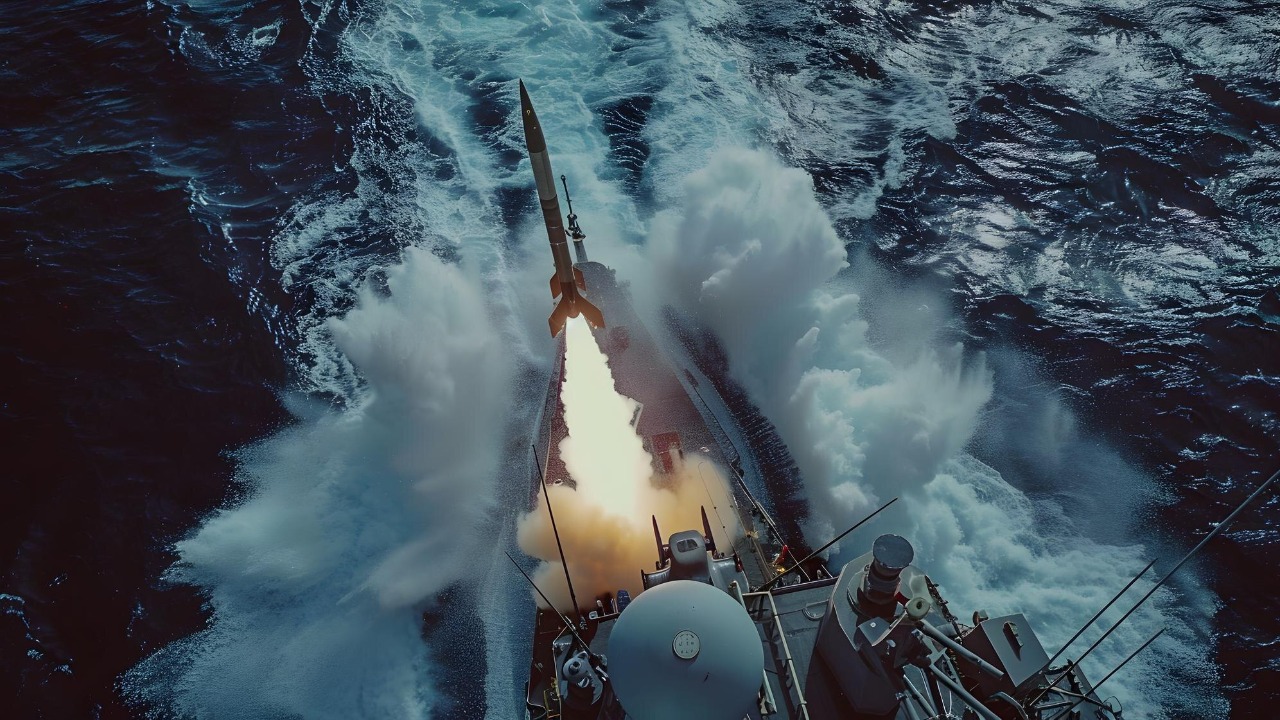
At Euronaval 2024, the Ancilia soft-kill counter-measures system was showcased for its potential to extend beyond traditional defense roles, enhancing naval vessels’ ability to counter maritime threats such as incoming missiles. India’s upcoming P-18 stealth destroyer, equipped with 144 missile cells, is emerging as a formidable platform to address growing naval threats in the Indo-Pacific region. The integration of this next-gen missile system could fundamentally transform sea warfare by providing advanced, multi-layered protection against evolving maritime dangers.
The Ancilia Soft-Kill System: Core Features
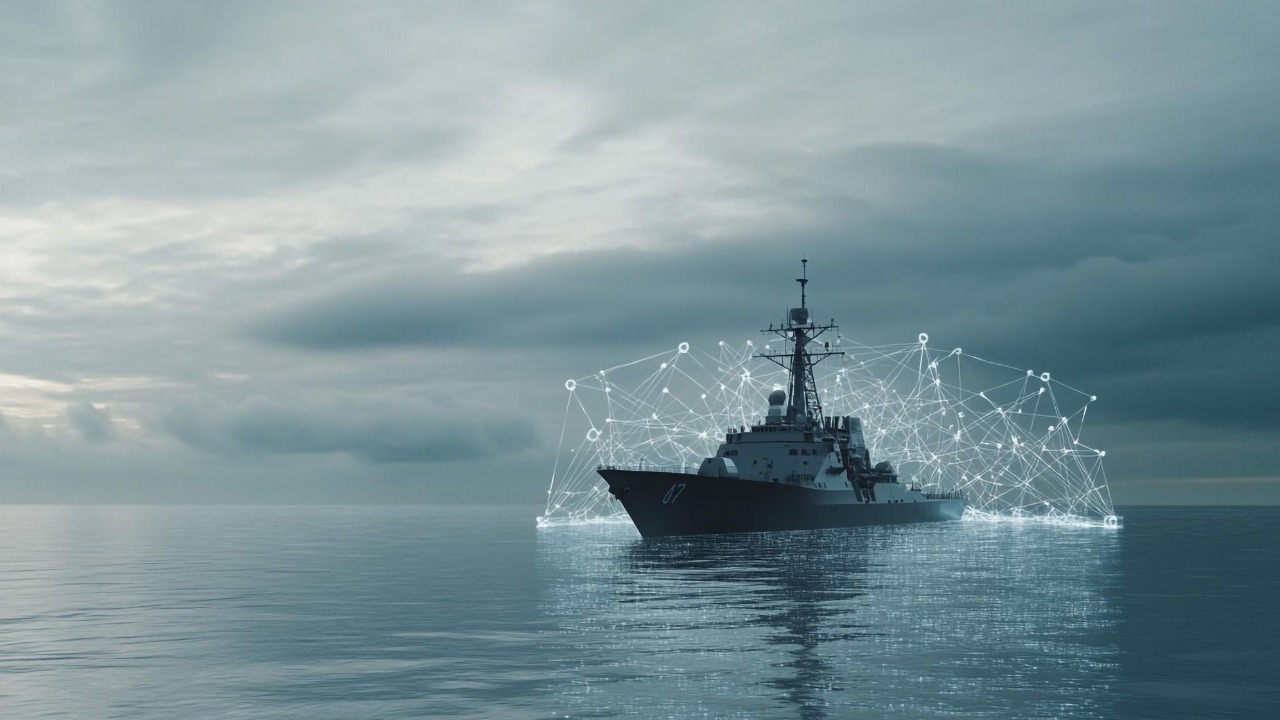
The Ancilia soft-kill counter-measures system is designed to neutralize threats without physical destruction, focusing instead on electronic warfare tactics like jamming and decoys. This approach allows naval vessels to defend against incoming threats by disrupting their guidance systems, effectively rendering them harmless. At Euronaval 2024, Ancilia was presented as a versatile system adaptable for integration with various naval platforms, thereby bolstering overall maritime defense capabilities.
One of the key highlights of Ancilia is its potential to incorporate additional capabilities, such as expanded sensor suites or offensive modules. This adaptability makes it a versatile tool in modern sea warfare, capable of evolving to meet new threats. The system’s ability to integrate with existing naval platforms ensures that it can be deployed across a wide range of vessels, enhancing their defensive capabilities without requiring significant modifications.
India’s P-18 Stealth Destroyer: Missile Capacity and Design
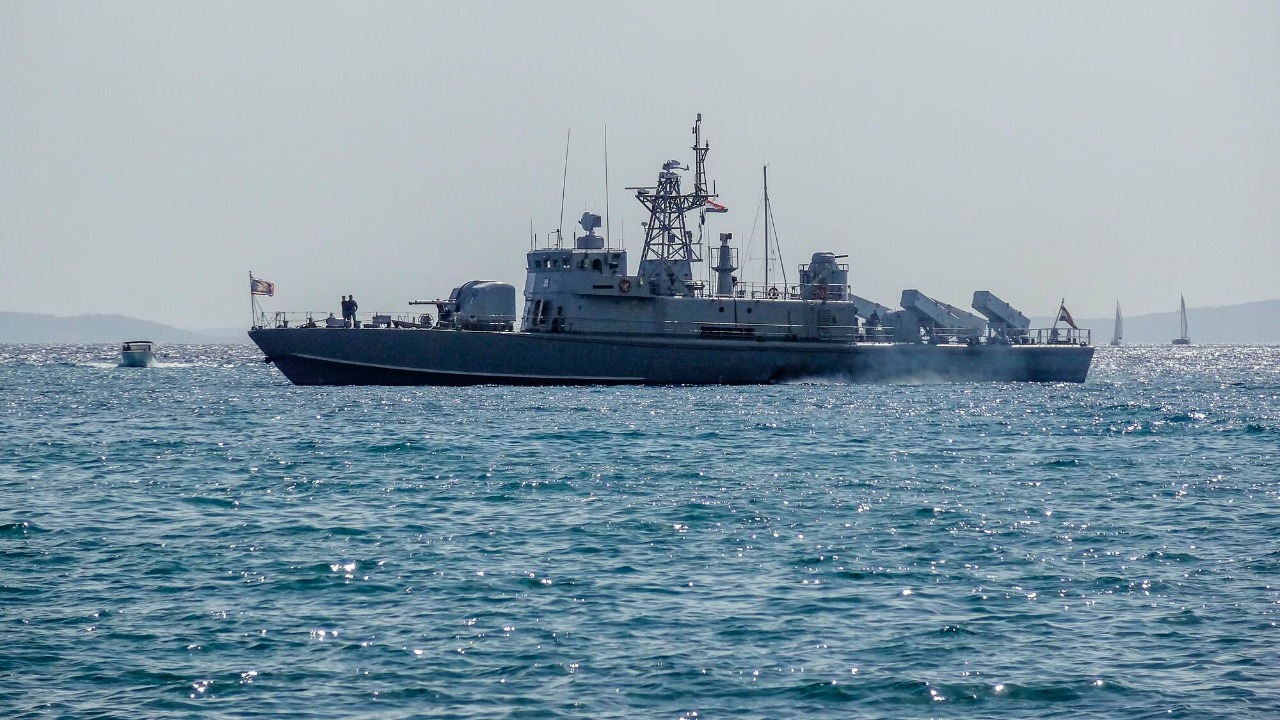
The P-18 stealth destroyer is configured with exactly 144 missile cells, enabling it to launch a high volume of precision strikes against maritime adversaries. This capacity positions the P-18 as a significant force multiplier for the Indian Navy, allowing it to engage multiple targets simultaneously and maintain a robust defensive posture in contested waters. The destroyer’s stealth features, including radar-absorbent materials and a low-observable design, further enhance its operational effectiveness by allowing it to operate undetected.
As an upcoming asset for the Indian Navy, the P-18 is specifically tailored to counter escalating naval threats from regional powers in the Indo-Pacific. Its advanced design and missile capacity make it a powerful counter to growing naval threats in the region, providing India with a strategic advantage in maintaining control over vital sea lanes. The integration of next-gen missile systems with the P-18’s capabilities underscores the importance of technological advancements in maintaining naval superiority.
Integration of Next-Gen Missiles in Maritime Defense
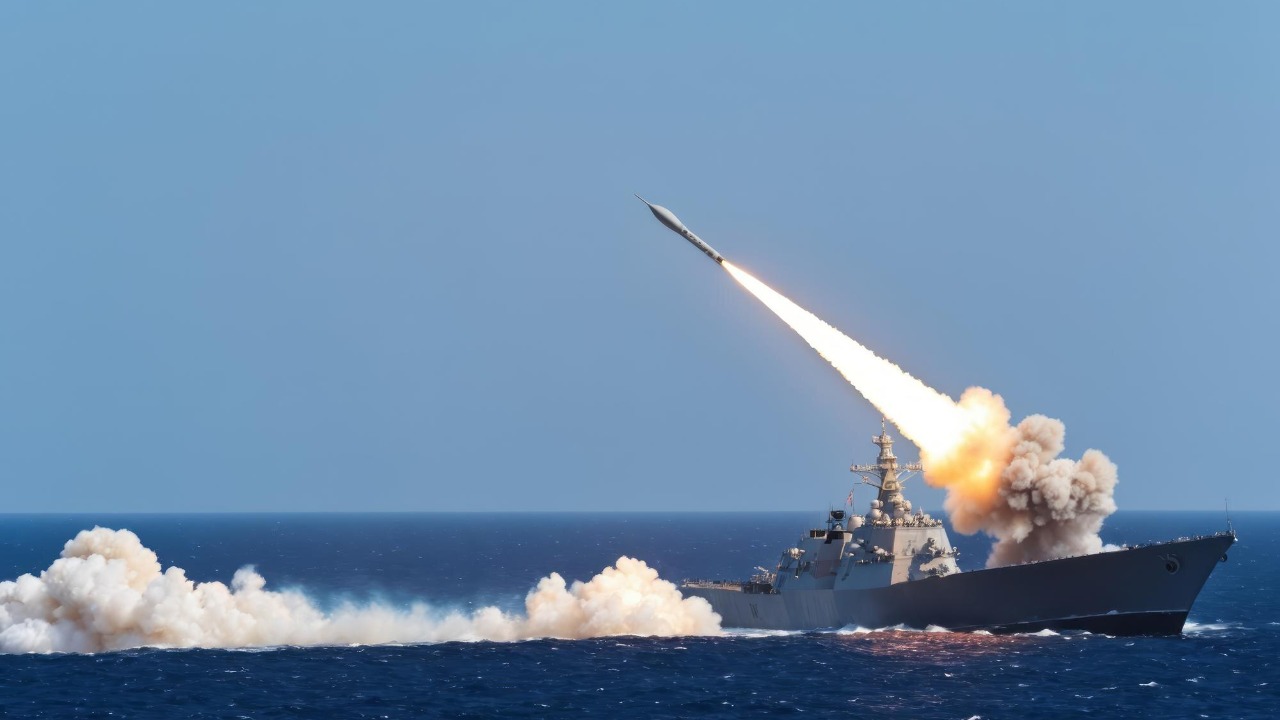
Next-gen missile systems, like those compatible with platforms such as the P-18, incorporate advanced guidance and hypersonic elements to outpace traditional threats at sea. These systems are designed to provide rapid response capabilities in high-threat scenarios, such as swarm attacks or submarine-launched missiles in open ocean environments. The synergy between missile cells on vessels like the P-18 and soft-kill systems like Ancilia creates layered defenses that detect, disrupt, and destroy incoming maritime attacks.
This integration of advanced missile systems with soft-kill counter-measures enhances the overall defensive posture of naval vessels. By combining the strengths of both systems, naval forces can effectively counter a wide range of threats, ensuring the safety of their vessels and crews. The ability to rapidly respond to evolving threats is crucial in maintaining control over strategic maritime regions, particularly in areas like the Indo-Pacific where tensions are high.
Transformative Impact on Sea Warfare Dynamics
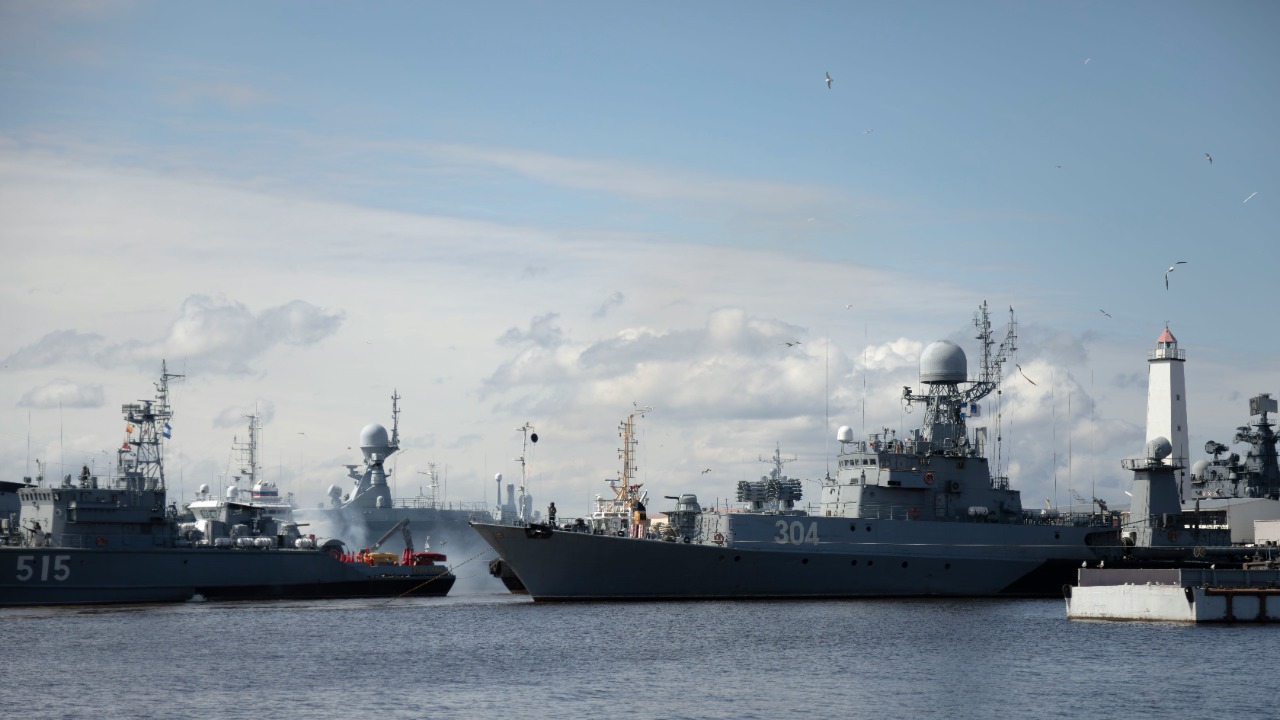
The combination of 144-missile-cell destroyers and adaptable counter-measures like Ancilia shifts naval power balances, particularly in regions like the Indo-Pacific facing aggressive expansion. This shift is driven by the enhanced capabilities of these systems to provide comprehensive defense against a variety of threats, from traditional missile attacks to more sophisticated electronic warfare tactics. The broader evolution of sea warfare through next-gen systems emphasizes reduced crew risk via automation and increased standoff capabilities against enemy fleets.
For nations adopting these technologies, the strategic advantages are significant. The deterrence against maritime invasions and enhanced control over vital sea lanes provide a substantial boost to national security. As these systems become more widely adopted, they will play a critical role in shaping the future of naval warfare, ensuring that nations can effectively protect their interests in increasingly contested waters.